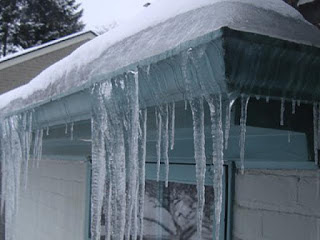"Not readily accessible" vs. "I don't have to go in there"...

Is there a difference between "not readily accessible" and "I don't have to go in there"? How about we change the context just a bit..."I physically cannot access" vs. "I am not even going to try". Let's try one more..."I should make access" but my standard of practice says "I don't really have to"... In very general terms, a home inspection is a visual evaluation of the systems and components that make up the working features of a house. Sometimes, the "visual evaluation" of systems and components requires the inspector to go places that they don't really want to go. This would include roof tops, attic spaces and crawl spaces. However, many professional organizations adopt standards of practice that allow the inspector a lot of leeway in terms of how these specific areas are evaluated. Let's take a look at some examples: "The home inspector is not required to - Traverse a
